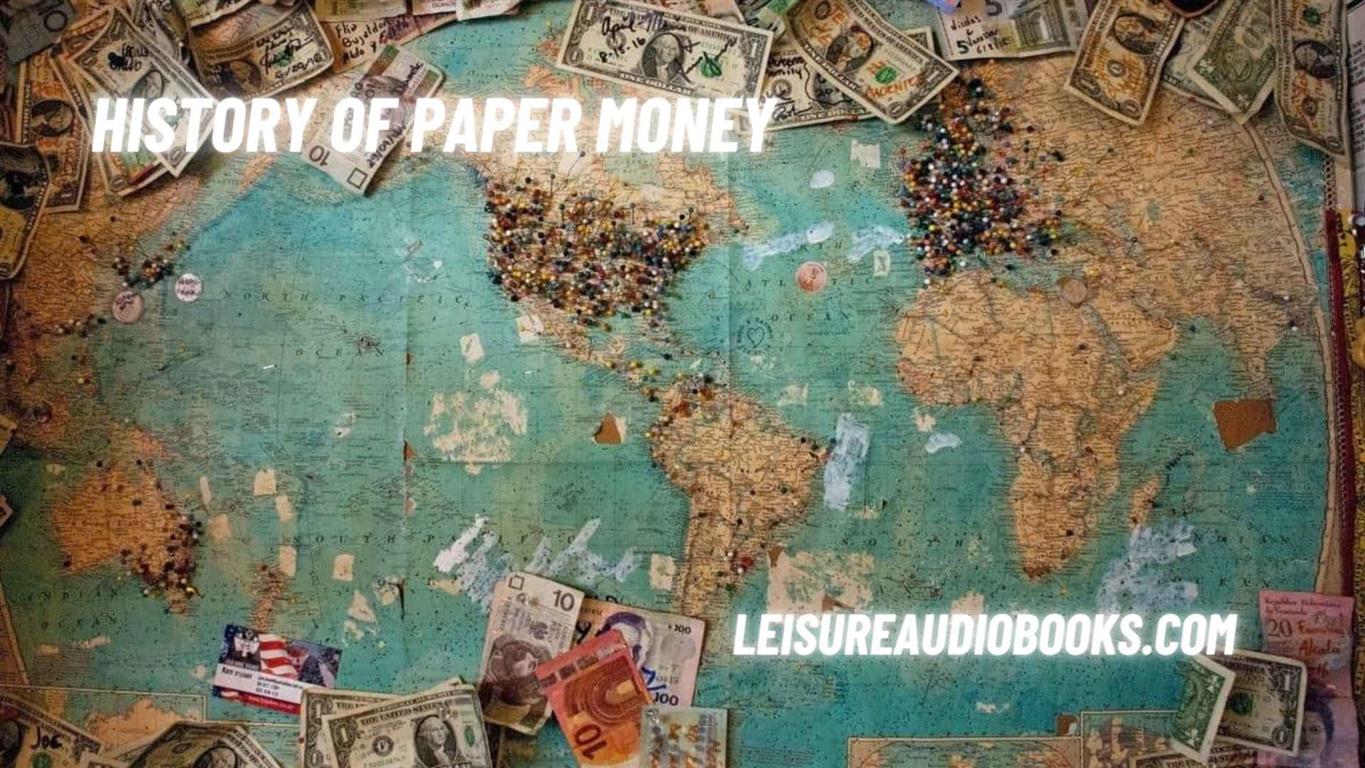Introduction Paper Money
The development of paper money is an intriguing journey that spans several centuries and numerous civilizations. It represents the evolution of trade, economy, and societies’ trust in symbolic representations of value.
Beginnings in Ancient China
The first use of known banknotes is from China during the Tang Dynasty (618-907 AD). Merchants, to avoid the cumbersome metal coins over long distances, began issuing IOUs. By the time of the Song Dynasty (960–1279 AD), the government started officially issuing paper currency, recognizing its convenience.
The Expansion to the Mongol Empire
Under the leadership of Kublai Khan in the 13th century, the Mongol Empire adopted the Chinese concept of paper money. The Mongols not only used it in their vast empire but also introduced the idea to other countries they conquered.
The Middle Eastern Imitations
After witnessing the Chinese and Mongol success with paper money, some Middle Eastern countries experimented with the idea. However, the predominant use of gold and silver coins meant that paper currency wasn’t universally accepted.
Renaissance Europe’s Resistance and Adoption
Europe was initially resistant to paper money. The prevalent belief in the tangible value of metal currency, especially gold and silver coins, made Europeans skeptical of paper’s symbolic value. However, in the 17th century, with the growth of European trade and banking, promissory notes from banks started becoming popular, leading to the gradual acceptance of paper money.
The Colonization and Paper Money Currency
European colonization during the 16th to 19th centuries saw the spread of money concepts to the New World. Colonial governments often issued paper currencies, especially when metal coins were scarce.
The Gold Standard
In the 19th century, many countries adopted the gold standard, which means they held gold as a reserve at a fixed price against which money could be exchanged. This system ensured trust in money, as holders believed they could redeem their notes for gold.
The 20th Century: Wars and Economic Crises
World Wars and subsequent economic crises in the 20th century led to significant changes in the perception and use of paper money. To finance wars, governments printed large amounts of money, leading to inflation. The gold standard became unsustainable, and most countries abandoned it in the mid-20th century.
Modern Times: Fiat Currency
Today, most of the world’s currencies are fiat currencies, meaning they are backed by the trust and confidence of the people who use them rather than physical commodities like gold or silver. Central banks now regulate the printing and circulation of money, ensuring economic stability.
The Artistry and Security Features
As technology advanced, so did the artistry and security features of money. From intricate designs representing national history and culture to watermarks, security threads, and holographic strips, modern banknotes are not just a medium of exchange but also a reflection of national pride and technological prowess.
The Future of Paper Money
With the rise of digital currencies and electronic transactions, the role of money in the global economy is evolving. While it’s unlikely that physical currency will disappear entirely in the foreseeable future, the trend is undoubtedly moving towards a more digital and cashless world.
Conclusion Paper Money
The history of money From ancient origins in China to its modern-day form, paper currency has been a cornerstone of global economies, facilitating trade and representing the evolving values of societies. As we stand on the brink of the digital age, the story of paper money serves as a reflection of our shared economic past and a hint of the transformations yet to come.




